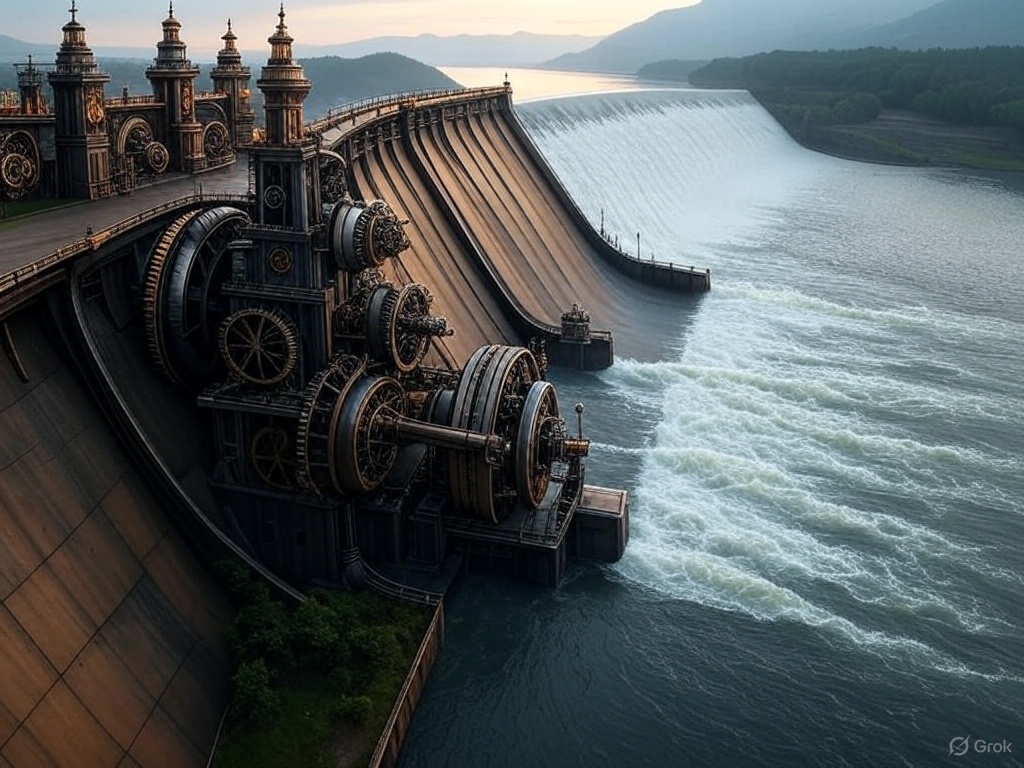In a revelation that sounds more like science fiction than reality, NASA scientists have confirmed that China’s colossal Three Gorges Dam — the world’s largest hydroelectric power station—has measurably slowed Earth’s rotation, extending the length of a day by 0.06 microseconds.
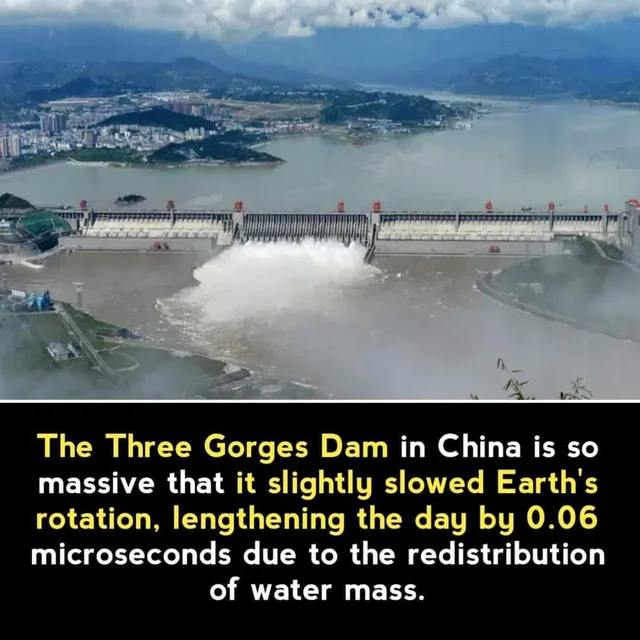 This staggering feat of engineering, while a marvel of human ingenuity, underscores the profound and often unintended consequences of our actions on a planetary scale.
This staggering feat of engineering, while a marvel of human ingenuity, underscores the profound and often unintended consequences of our actions on a planetary scale.
Located on the Yangtze River in Hubei province, the Three Gorges Dam spans 2,335 meters in length and rises 185 meters high. Completed in 2012, its reservoir holds a staggering 40 cubic kilometers of water—equivalent to 39 trillion kilograms — raised 175 meters above sea level.
This massive redistribution of mass has altered Earth’s moment of inertia, a physics principle that governs how a rotating object’s speed changes based on the distribution of its mass. Imagine a figure skater spinning with arms outstretched: when they pull their arms in, they spin faster.
Conversely, spreading mass outward — like the water held by the dam — slows the rotation. In this case, Earth’s spin has decelerated ever so slightly, adding 0.06 microseconds to each day.
But the effects don’t stop there. NASA’s 2005 study, led by geophysicist Dr. Benjamin Fong Chao, also found that the dam’s mass has shifted Earth’s axis by approximately 2.5 centimeters. This subtle tilt, while imperceptible in daily life, highlights the dam’s unprecedented influence on planetary dynamics.
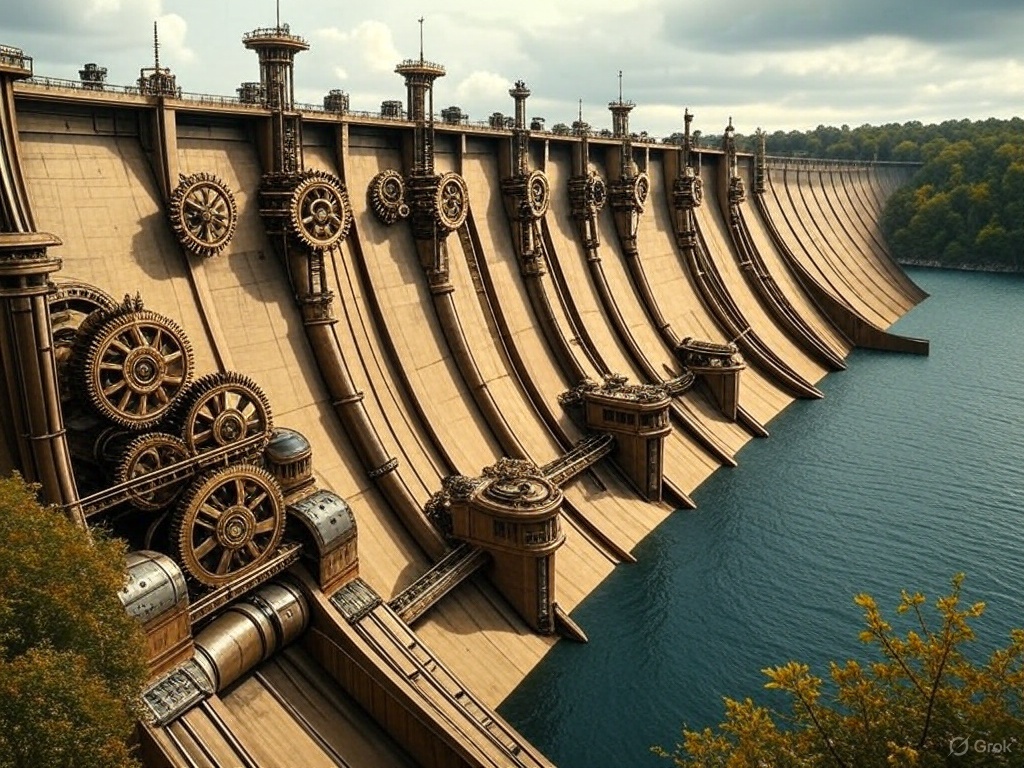 Also read:
Also read:
- Trump Names Billionaire Space Tourist as Head of NASA
- NASA Scanners Detect Hidden Base Under Arctic Ice
- Emoji Overload? Science Says You Might Be a Narcissist or Psychopath
- Earth: The Pale Blue Dot - Trolltunga
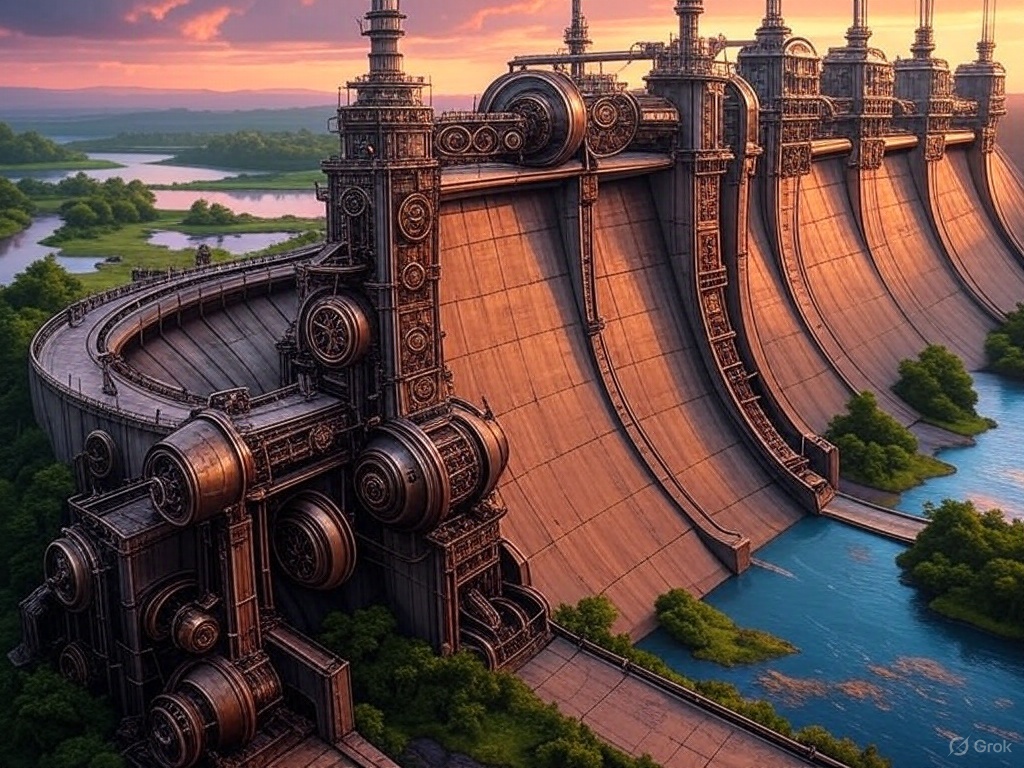 For context, natural events like the 2004 Indian Ocean earthquake shortened the day by 2.68 microseconds through tectonic shifts. The fact that a human-made structure can produce a measurable effect — albeit smaller — challenges our understanding of how we interact with Earth’s systems.
For context, natural events like the 2004 Indian Ocean earthquake shortened the day by 2.68 microseconds through tectonic shifts. The fact that a human-made structure can produce a measurable effect — albeit smaller — challenges our understanding of how we interact with Earth’s systems.
The Three Gorges Dam, with its 22,500-megawatt capacity, powers millions of homes and reduces China’s reliance on coal, cutting carbon emissions significantly. Yet, its environmental and social costs are steep. Over 1.3 million people were displaced, and 632 square kilometers of land, including cultural and ecological sites, were submerged.
The dam has also triggered landslides, destabilized seismic faults, and polluted the Yangtze with sediment and waste, raising questions about the true cost of such mega-projects.
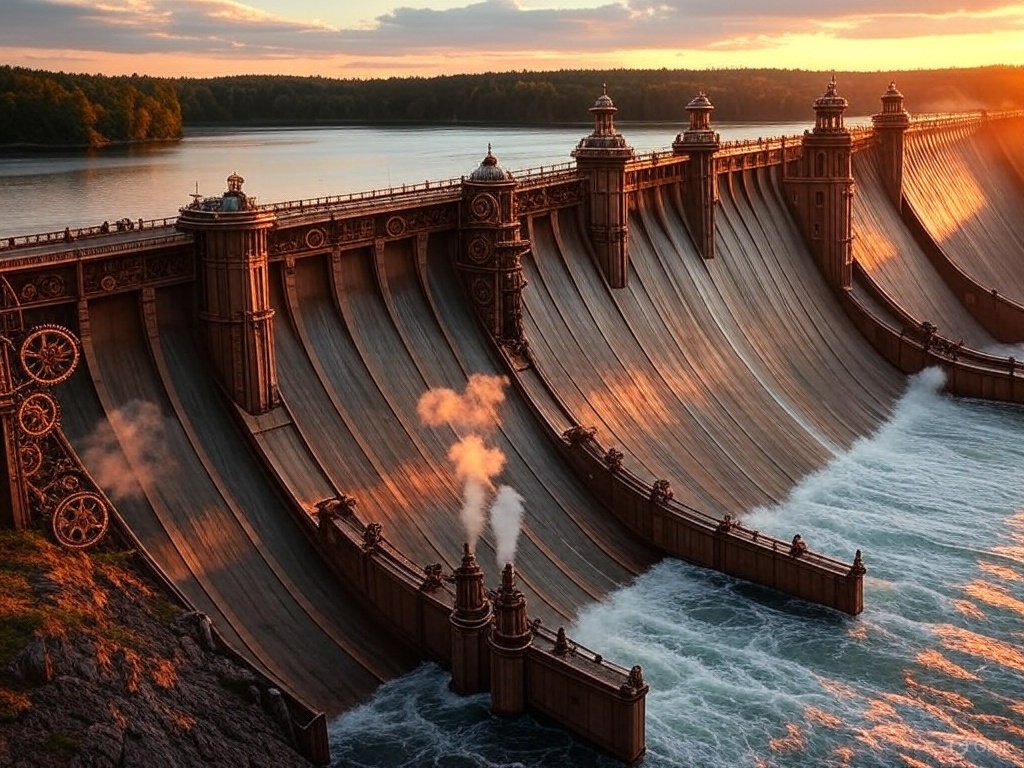 While 0.06 microseconds might seem trivial — amounting to just over three days across the universe’s 13.8-billion-year history — the implications are profound.
While 0.06 microseconds might seem trivial — amounting to just over three days across the universe’s 13.8-billion-year history — the implications are profound.
Human activity, from dams to climate-driven ice melt, is increasingly altering Earth’s rotation. As polar ice caps melt and sea levels rise, mass shifts toward the equator, further slowing the planet’s spin.
The Three Gorges Dam serves as a stark reminder: we’re not just shaping landscapes — we’re nudging the very motion of the planet. What other planetary boundaries might we unknowingly cross in our pursuit of progress?

